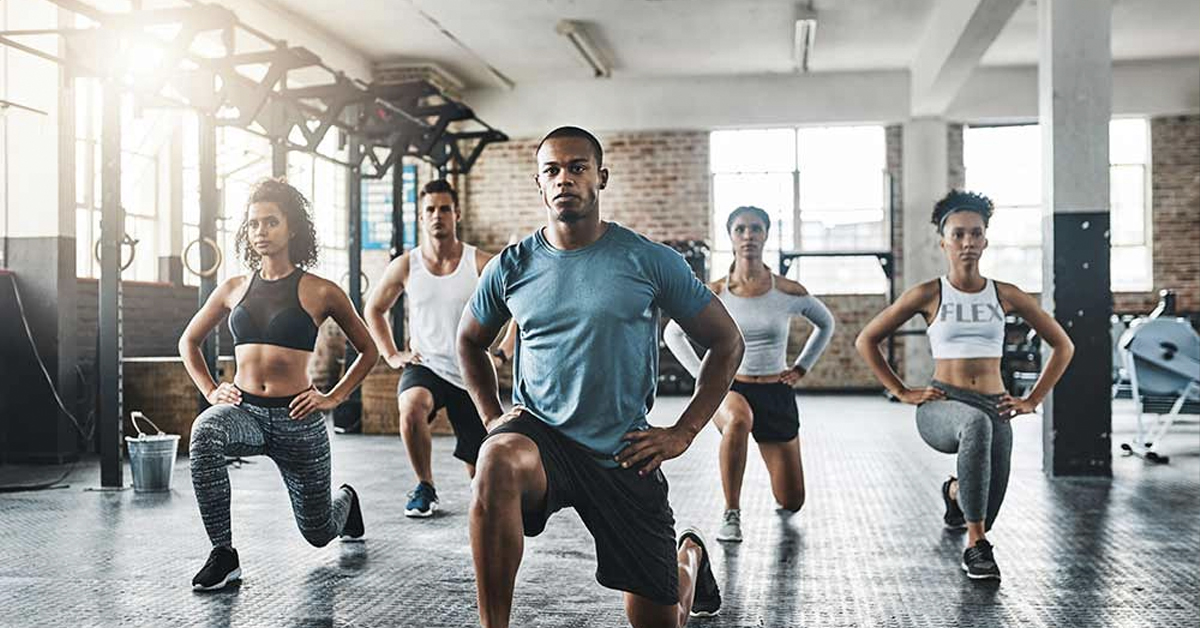
Sports Analytics vs Exercise Analytics: winning with data
In most industries, data-driven decision making has become an integral part of business and performance. Sport is no different. The term sports analytics has been used broadly for years. The underlying idea is to take all available sources of information, put them together, and find meaningful patterns and interpretations. However, with the advancements of technology and data collection methods, it is now possible to apply multiple analytical approaches for different aspects of sports performance. It is beneficial to understand the nuances of these analytical approaches and what the terms encompass. None of these approaches work in isolation but act as complementary verticals under the analytics umbrella.
Sports analytics and betting
Sports analytics was famously pioneered in the practical setting by the 2002 Oakland Athletics MLB team, as pictured in both the book and movie “Moneyball”, and based in large part on Bill James’ work in the 1970s. Since then, almost every professional team has added statisticians on staff that can readily analyse data and assist teams to identify the optimal plays each athlete must undertake to achieve a successful team outcome. This method is commonly used for game performance statistics and provides teams with strategic options for gameplay. That can be a combination of several analyses to answer for example “who should take the last shot, from what position, against which defender for the best chance of a successful outcome?”. A closely related area is analytics in gaming and betting, not as in card counting in Black Jack but rather in horse racing where statistical models combining relevant factors such as past results, environmental conditions, and handicap for good or bad luck in previous races can lead to successful race predictions. Bill Benter pioneered this type of analytics in the 1980s and has won nearly $1 billion at Hong Kong Racecourse. These examples indicate the strong potential to also calculate optimal training for athletic performance. Exercise analytics does exactly that and is best implemented behind-the-scenes to provide personalised recommendations for each athlete. This type of analytics provides specific feedback on the type of training and recovery that is optimal for the individual in both real-time and daily recommendations as well as for long term planning.
One major difference is that sports and betting analytics rely on game performance statistics which often is more readily accessible and available to everyone, while exercise analytics require access to additional information about the individual athlete, such as training, test results, subjective ratings of well-being, biological and psychological response patterns. Sports analytics can therefore be conducted by anyone with the right knowledge pertinent to the game, whereas exercise analytics is more complex and requires a deeper understanding of areas such as human physiology, sports science, as well as data science. Therefore, exercise analytics necessitates closer collaboration with the athlete and coach.
While many have data, few have real insight
Technological advancements over the last decade or two have allowed for an explosion in data collection. However, an abundance of data doesn’t equal insight. Many sports have for several years used GPS or video tracking for motion or technique analysis, in conjunction with heart rate monitoring. This can add up to millions of data points from every single training session. In addition, it’s common to collect subjective ratings, strength and conditioning tests, notes from the medical staff, sleep tracking, markers in the blood, urine, and/or saliva. Some teams collect data on hundreds of different variables for each player!
Unfortunately, most device manufacturers typically just measure one, or at most a handful of metrics each, taking no notice of all the other aspects affecting the athlete, and yet claim to offer a complete evaluation of the current status of the athlete. This leads to a situation where the coach and sports scientists are overwhelmed with data and analyses from multiple individual devices, sometimes opposing, and still have to perform any truly comprehensive analysis manually. Because of the amount of data, this is a daunting and time-consuming task. A common observation is that this situation will force the coach to either stop measuring or select a few metrics based on subjective and empirical knowledge of what matters for that specific sport or situation. This coping response to the ‘data tsunami’, paints an incomplete picture for the coach and athlete. Instead, what they need is a combination of knowledge from data sciences that includes deep learning with human biology, exercise physiology, and sports performance, to build a system that creates a comprehensive and integrated view. This would give coaches or team sports scientists insights, and decision-making aides to best handle each individual’s performance.
Regardless of the source of data, a major caveat arises when general or population based models are used to create the analytics results. It is strikingly clear, especially for elite athletes, that specific models must be developed for each variable and individual. General models might hold true at group level but coaching advice based on such models might do more harm than good for the individual athlete. For example, heart rate variability (HRV) is commonly used to guide readiness, and the textbook knowledge of decreased HRV with increased training load is true for ~60 % of all people, whereas the remaining ~40 % might show no or even the opposite reaction! The immense breadth of wearables has presented a seemingly endless range of data that can be collected. When considering different data sets, it is vital to be mindful when deciding the key parameters to measure. Fancy marketing and sleek product designs can sometimes be deceptive, and the consumer is often left to decide the accuracy and relevance of the measurements. The flip side is that a better way of using the data can substantially help improve the athletes’ performance!

